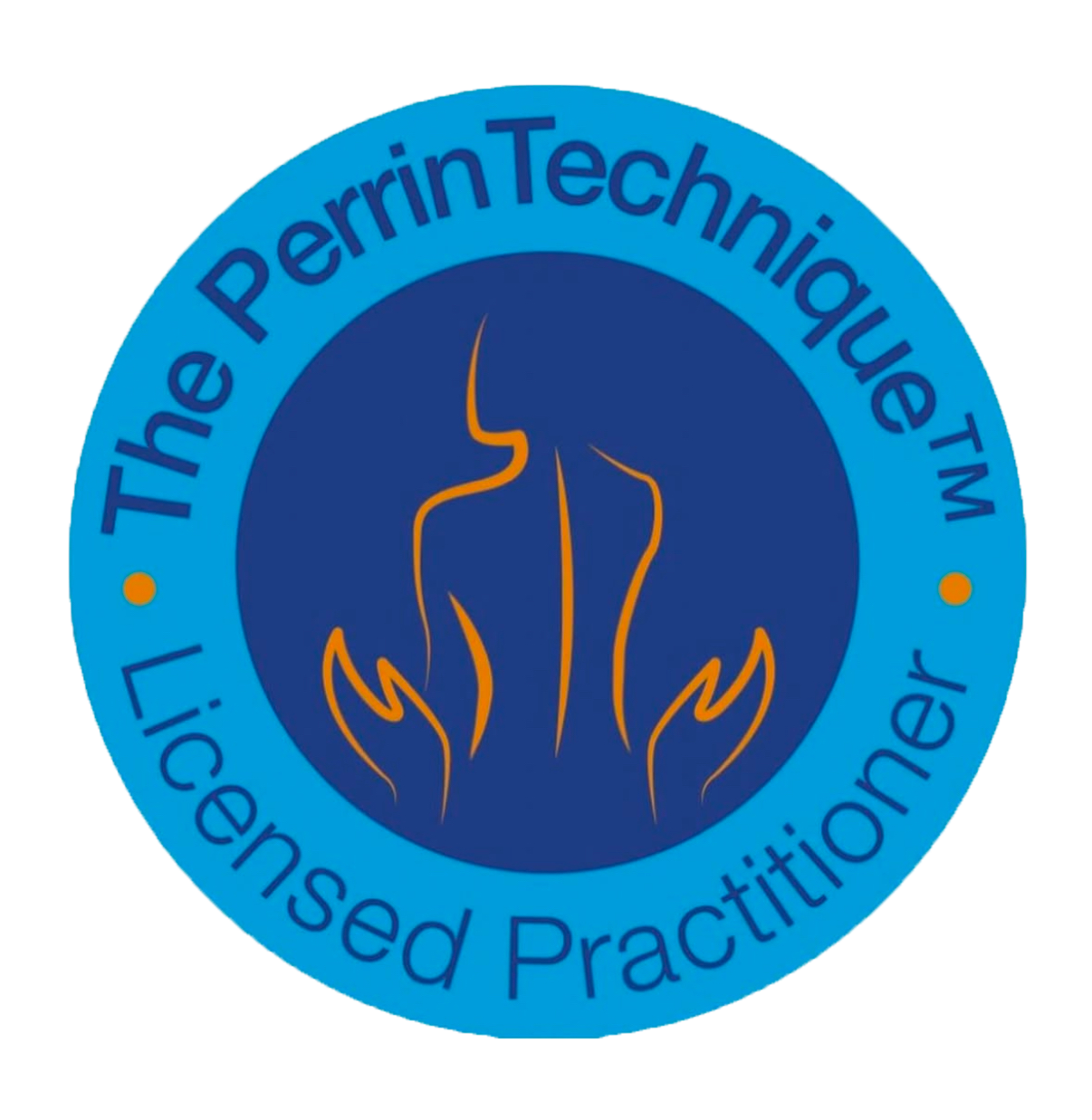How does Homeopathy work?
Homeopathy is a system of medicine that uses small doses of natural substances to help stimulate the body’s natural ability to heal itself.
In Homeopathy, we work with your wellbeing rather than just focussing on individual conditions. This involves taking a very thorough case history. So, in summary homeopathy:
- looks at each person as an individual;
- does not suppress symptoms but works with the underlying root cause with the aim of strengthening your ability to recover more quickly and over time prevent the recurrence of those symptoms;
- works with mental, emotional and physical symptoms;
- promotes increased energy and wellbeing; and also
- remedies are safe and effective for all ages including, pregnant women, babies and even your pets
Homeopathic remedies are made from plant, animal and mineral sources and are used in very small doses and only repeated if symptoms worsen again. Homeopathic remedies have no toxic side effects and are not tested on animals.
Your homeopathic remedy may be given as a liquid, in pillule form, tablets or a powder. If given as a pillule it is to be sucked until dissolved, and may be handled only by the patient. Food, drink, toothpaste for at least 15 minutes before and after taking the remedy to allow the remedy to take effect.
History
How Homeopathy developed is interesting and helps to explain why homeopathic consultations take longer than a conventional medical consultation and why homeopaths ask a large number of questions.
Homeopathy is a 200 year old medical system founded by a German physician, Samuel Hahneman M.D. (1755-1843), on the theory that “like cures like”. It was developed following his translation of work by Dr Cullen on the use of quinine (made from the bark of the chinchona tree) for the treatment of malaria.
Dr Cullen claimed that it was effective because it was bitter however Hahneman disagreed as stronger astringents had previously failed in the treatment of malaria. Hahneman (who did not have malaria) dosed himself with the quinine to find that it produced in him, all of the symptoms of malaria: fever, sweating, shivering, weakness.
Hahnmann developed the concept that substances that could cause symptoms in a healthy person could cure a disease with the same symptoms in a sick person. An extended series of tests called “proving’s” followed where substances were used on other “well” volunteers and their reactions (physical, mental and emotional) were recorded in minute detail. The results of these proving’s confirmed his theory that “like cures like” – that which can cause, can also cure.
Hahneman concluded that treating an illness with a substance that is able to produce the same symptoms in a healthy person in some way cancels out the disease and restores health. He later developed a method of serial dilution to minimise aggravation while at the same time retaining a curative, stimulating effect. Later the remedies were “potentised” through serial dilution and succussion. Experience showed that the more potentised the remedy the better the response.
Homeopathy has been in New Zealand for over 150 years. For more information visit the New Zealand Council of Homeopaths website.
Working with Conventional Medicine
Most homeopaths choose to work in conjunction with or alongside conventional medical practice. Homoeopathy offers a viable alternative health option or a way of “adding value” to the existing treatment for a large number of conditions, for example:
- Whooping cough
- Recurrent infections (e.g. ear, nose and throat conditions)
- Viral illnesses – acute and long term effects (e.g. Covid, glandular fever, flu)
People may choose to use homeopathy as a preferred option for some conditions.
If you are currently taking conventional medication please advise your homeopath. Any changes to your medication should involve consultation with your GP or specialist.
Who is Homeopathy available for?
Because of the way homeopathy works it can be used as a therapy to support the health of adults and children in a wide range of areas including people with:
- recurrent Infections (e.g. ear, nose, throat);
- viruses such as flu and glandular fever and never been well since glandular fever;
- chronic Fatigue including long COVID
- sleeplessness/insomnia;
- PMT; PMDD
- mental and Emotional Issues;
- behavioural Problems;
- pregnancy related condition (nausea, vomiting, heartburn, fluid retention, emotional changes, etc);
- problems in Children and Babies (reflux, colic, eczema, asthma, allergies, bedwetting, etc);
- sports injuries; and
- and many more…







